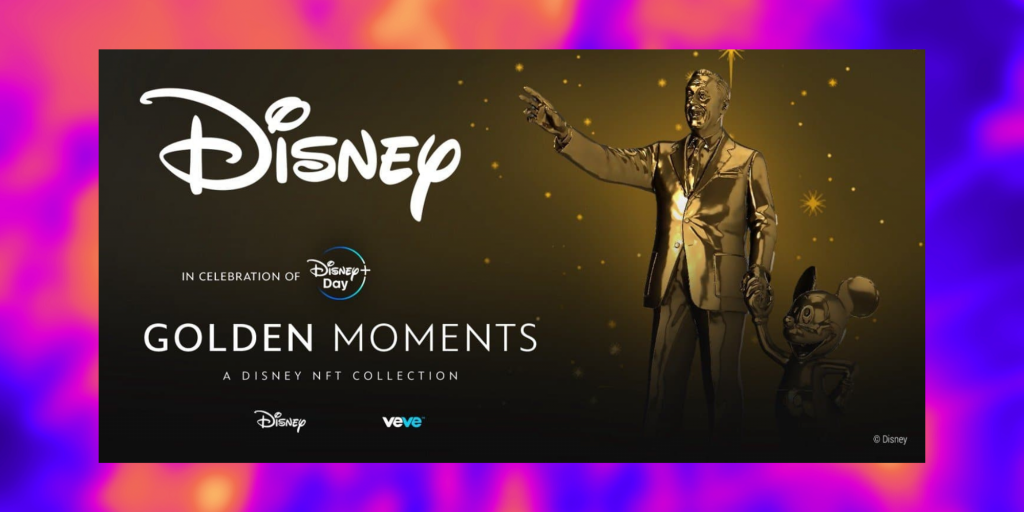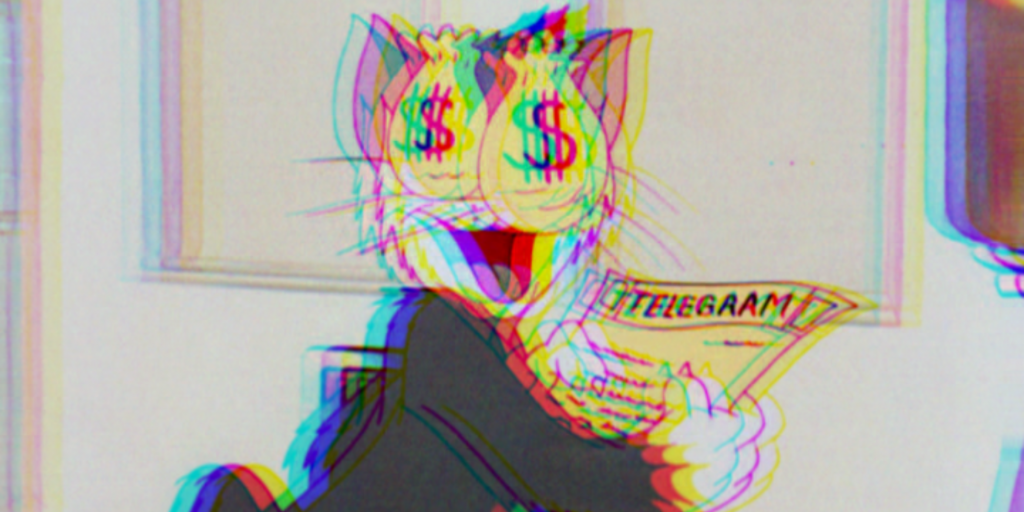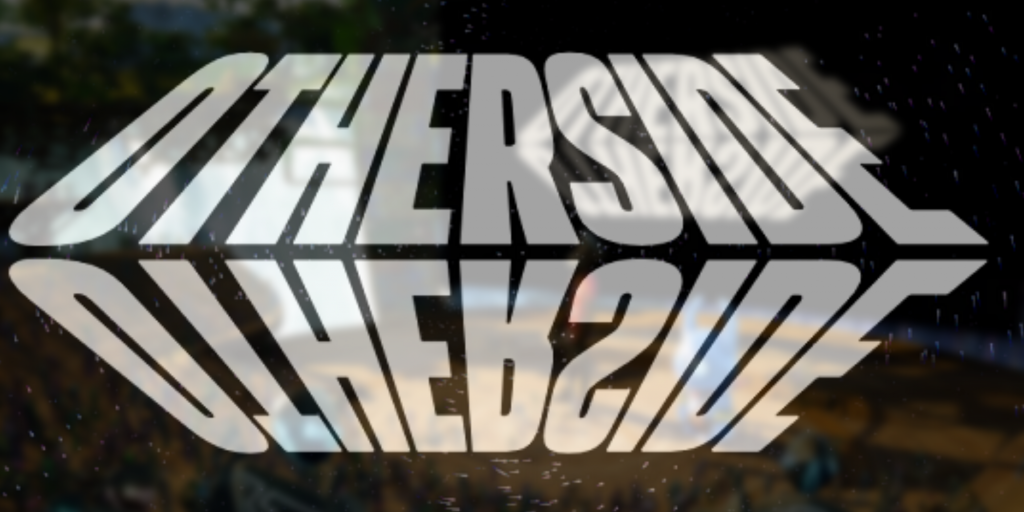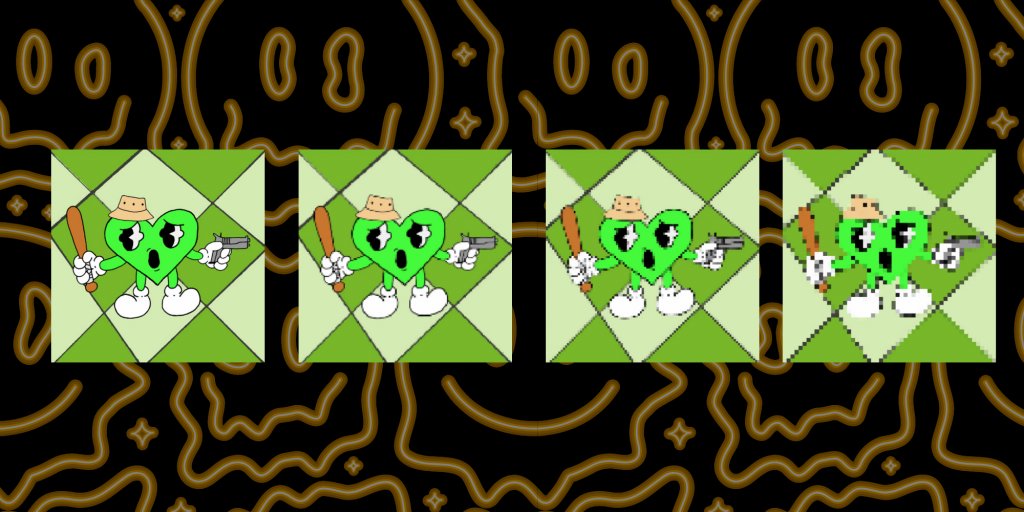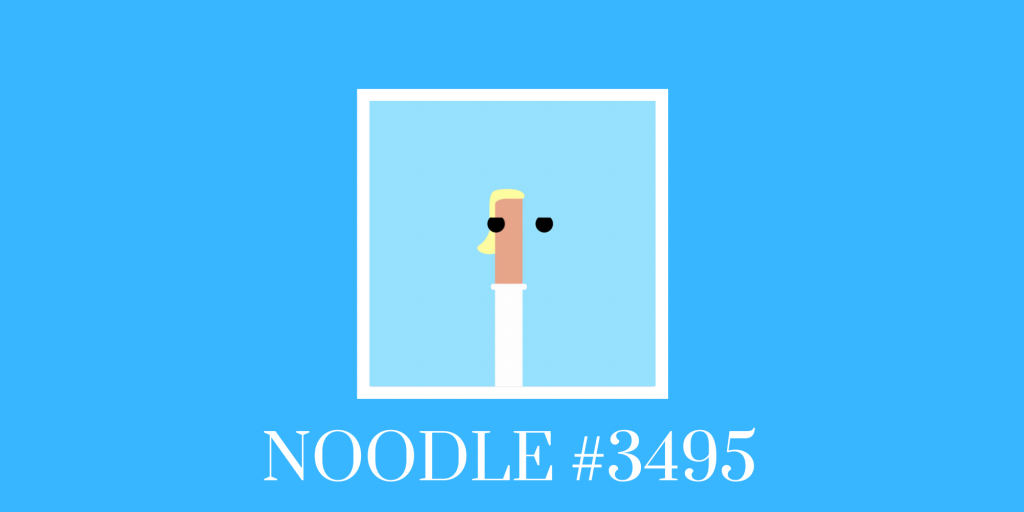Disney NFTs Explained
Disney, one of the world’s largest mass media producers, entered the world of non-fungible tokens in 2021 by creating NFT collections from their iconic characters. Disney NFTs, which include the company’s intellectual property and acquired franchises such as The Simpson, are showcased on VeVe —a marketplace that licenses and showcases NFTs from some of the …
